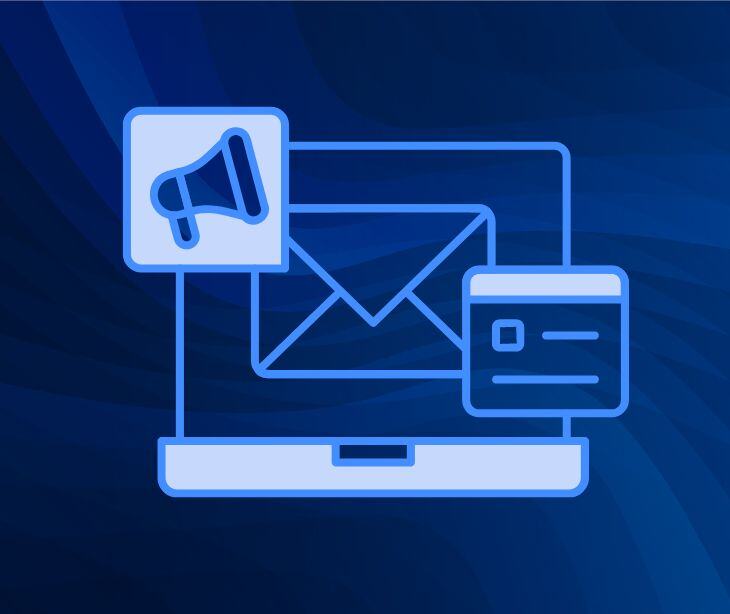
Providers can use HIPAA compliant emails to deliver personalized support strategies to patients grappling with low back pain, helping them manage their symptoms more effectively and improve their overall quality of life.
The impact of low back pain (LBP)
According to the World Health Organization (WHO), “LBP is the single leading cause of disability worldwide. In 2020, LBP affected 619 million people globally and it is estimated that the number of cases will increase to 843 million cases by 2050.”
WHO describes low back pain (LBP) as “pain between the lower edge of the ribs and the buttock [where] LBP makes it hard to move and can affect quality of life and mental well-being.” It can be caused by different factors like poor posture, muscle strain, or underlying medical conditions.
Managing LBP
Managing low back pain requires a holistic approach through education, self-management strategies, and personalized interventions. Providers can help patients with LPB “develop strategies to self-manage and cope with the symptoms… [reducing] the impact of the disease and [improving] well-being.”
More specifically, providers should support patients in their self-management efforts, provide educational resources, and offer guidance on lifestyle modifications to help alleviate low back pain.
Personalized support
HIPAA compliant emails allow providers to send personalized LBP interventions while protecting patient privacy. These emails use encryption, access control, and authentication methods to safeguard patients’ protected health information (PHI).
Providers can address patient needs with tailored support without compromising patient trust, ultimately contributing to better health outcomes for individuals managing low back pain.
Read also: Why personalized healthcare emails are better
Tailoring HIPAA complaint emails
Educational content
Providers can use HIPAA compliant emails to send evidence-based information on LBP causes, symptoms, and treatment options to help patients make informed decisions about their care.
For example, if a patient is diagnosed with a herniated disc, their provider can send an email detailing what a herniated disc is and treatment options like physical therapy, medications, and possible surgical interventions.
Self-care strategies
HIPAA compliant emails can include exercises to help individuals alleviate low back pain, improve posture, strengthen core muscles, and prevent future episodes of discomfort.
For example, if a patient asks for tips to relieve their LBP, their provider can use a HIPAA compliant email to suggest exercises to strengthen the core muscles, like planks and bridges. Additionally, their provider can remind them to start slowly, and gradually increase intensity to prevent further injury.
Behavioral support
HIPAA compliant emails can be tailored to include motivational messages and reminders to help patients adhere to self-care regimens, engage in physical activity, and adopt healthy lifestyle habits to help manage LBP.
For example, if a patient struggles to keep up with their prescribed exercises, their provider can send HIPAA compliant emails with reminders to complete daily exercises.
Steps to ensure HIPAA compliance
Encryption: Providers must use a HIPAA compliant platform, like Paubox, that encrypts PHI during transit and at rest.
Access controls: Providers must implement access controls and restrict PHI access to authorized users only, minimizing the risk of data breaches.
Secure authentication: HIPAA compliant platforms use authentication methods, like two-factor authentication (2FA) further safeguarding patients’ PHI.
Training and education: Providers can also offer comprehensive training to healthcare staff on HIPAA regulations, email security protocols, and best practices for handling PHI.
FAQs
Can providers use regular email services for HIPAA compliant emails?
No, regular email services, like Gmail, do not offer the security features required for HIPAA compliance, so providers must use a HIPAA compliant platform, like Paubox, to send emails containing PHI.
Is patient consent required for email communication?
Yes, providers must first obtain explicit patient consent before sending PHI via email.
How can providers ensure ongoing HIPAA compliance with emails?
Providers must regularly update their security practices, provide staff training, and conduct audits to ensure HIPAA compliance.
Subscribe to Paubox Weekly
Every Friday we'll bring you the most important news from Paubox. Our aim is to make you smarter, faster.



